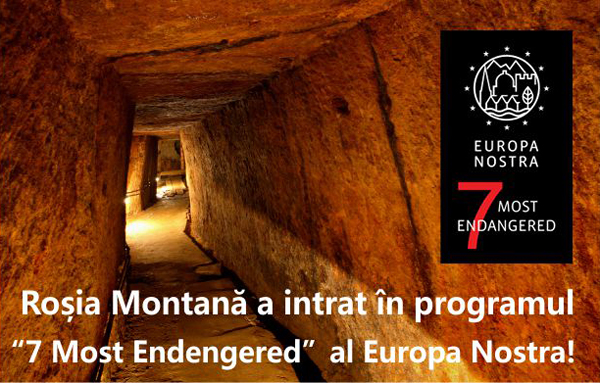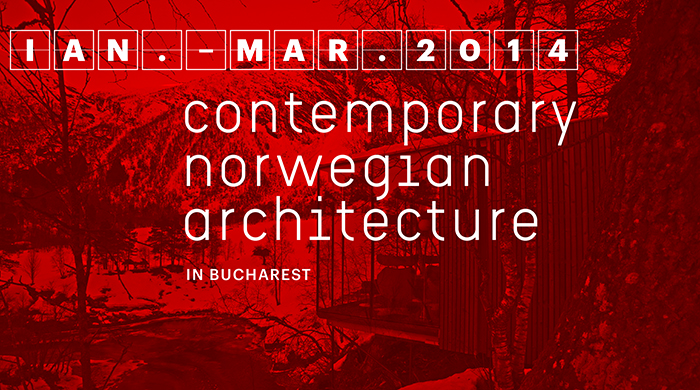Exhibition and connected events @ MNAC (National Museum of Contemporary Art, Bucharest), January – March, 2014:
News
A project by Zeppelin (RO), Archis (NL), Nordic Urban Design Association NUDA (NO), Fargfabriken (SE), Eurodite (RO)
The project investigated the future impact of the new technologies upon the European urbanities. Developing concepts like smart city or smart community, the research revealed the future social and cultural mutations that tend to better valorize individuals and communities together with their human, creative and entrepreneurial potential. As proposed through narrative and dramatized visions, the European space appears like a dense interconnected territory defined by complex rules and sophisticated standards of human interaction. 

from September 18th through October 12 th, 2013 @ Aiurart Contemporary Art Space (Bucharest, 21 Lirei St.)
Curated by: Ioana Ciocan
opening: September 18th, 7pm-10pm.
Facebook event, https://www.facebook.com/events/724673474216219/
I started my love affair with José Antonio Vega Macotela (b. 1980, MX) after I saw his Study of Exhaustion – The Equivalent of Silver (2011) at Manifesta 9 in Genk, Limburg, Belgium in 2013.
.jpg)
‘What are you staring at us for ? Why are you taking pictures ? Get away from here ! Leave us in peace !’
We saw the homestead at a bend on the road which passes through the Râmeti village in the Western Carpathians. An incredible image : a house, a shed and a barn exactly as they used to be a hundred years ago and which now seem to exist only in ethnographic museums. Three elderly people, patching a thatch roof with a sheet of metal.
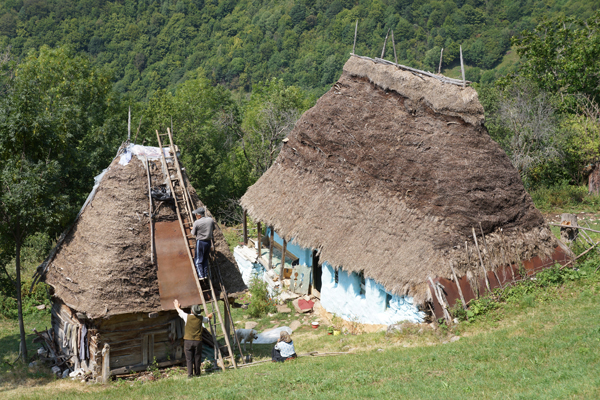
Participationism is a historiographical construct inspired by mid 1960s’ anthropology and social theories. About twenty years before theorizing, by 1945, Hassan Fathy was testing “participationism” within New Gourna project in Luxor, Egypt. The situation was unique: the Egyptian Department of Antiquities was relocating the local population from the endangered area containing ancient ruins, trying to reintegrate people into sustainable tourism circuit through craft activities that they could undertake. To imagine a new fragment of the village, Fathy relied on timeless images of vernacular architecture made out of earth and adobe, i.e. a technology considered “primitive” by locals who actually wanted a “modern” built environment made of new materials available on the Egyptian market at that time. The architect tried to make people rediscover and reinterpret existing typologies and constructive traditions in a natural way. The “owner-architect-craftsman” triad represented the backbone of its social approach. In terms of space, the space room / cell of the space-structure articulated the entire built tissue.
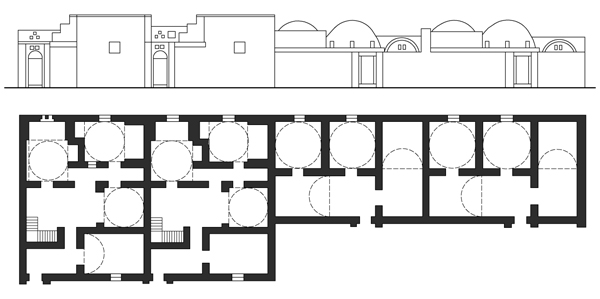
Parametrica [Digi Fab School] from Bucharest, Romania, invites you to DYNAMIC FIELDS Workshop and Conference (16-29 July 2013) to participate in the digital design build project, seeking to create an inventive collaborative environment. The workshop is part of a series of PARAMETRICA events, promoting computational design thinking and exploring the new possibilities of parametric design.
The workshop is aimed at: students, postgraduates, architects, interior, product and urban designers, engineers, anybody interested.
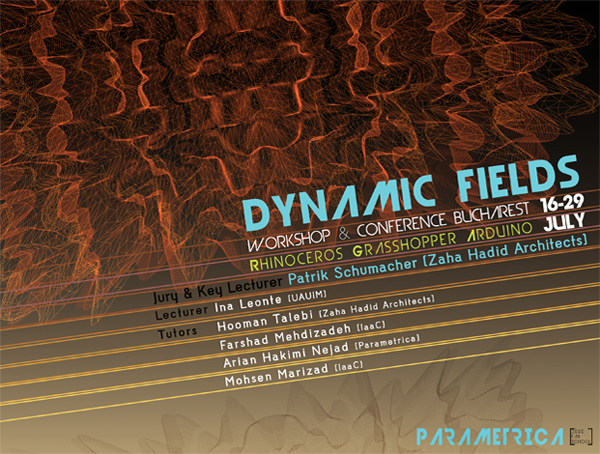
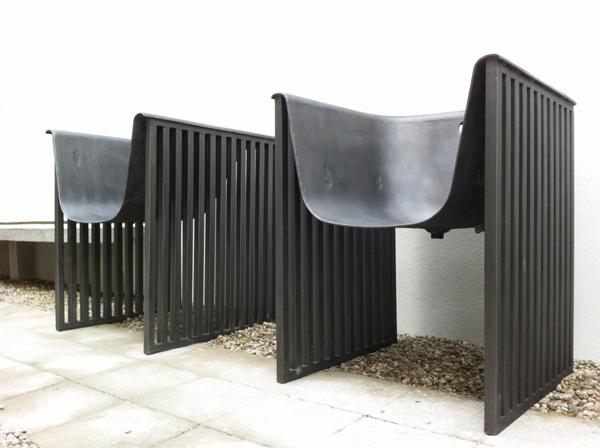
(about Sustainable cities Conference. Foundations and our urban future)
Text: Constantin Goagea
Among the first 5 in the world in the top of cities to experiment/live in, always as an example in architecture and design debates, to be found in scientific and academic references, or in the political practice, people keep on talking about the Danish model, Copenhagen and how happy its citizens are. I would add that even the mayor of Bucharest recently declared that he would like a copenhagen-ization of our city: bycicles and a smart infrastructure, a statement which we hope to happen. So, something happens again in Denmark, since this year great American and European foundations gathered here in a massive conference, to talk in Copenhagen about their role in a future of sustainable urbanization. The conference would not have explicit topics related to architecture or urban planning, being rather about funding policies and new directions in charity work, but most of the workshops, debates and publications managed to get a mix of visions in which economic growth and urban practice are correlated in a new way.
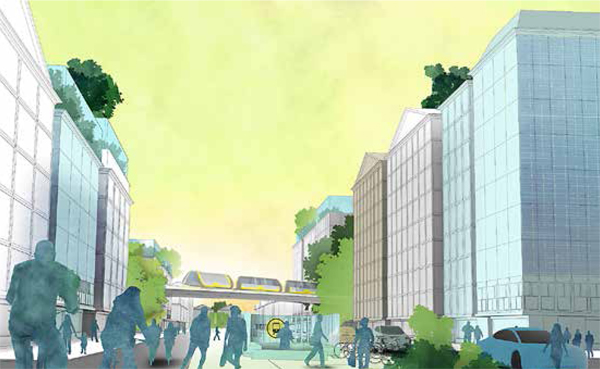
Calup community invites you to its second urban intervention, on Masaryk street 25 (Bucharest), the former archive of Romania Film and the place where censorship was done, where the word “no” was annulling the image, intention, artistic endeavour. The film, moving shadows, is still haunting, since the house’s only present function is being a movie set.
During the first phase of the intervention we will explore the garden and underground, with an experience in which shadows are more important than what is generating them. The next phases will open the vast chambers of the house, moving up.
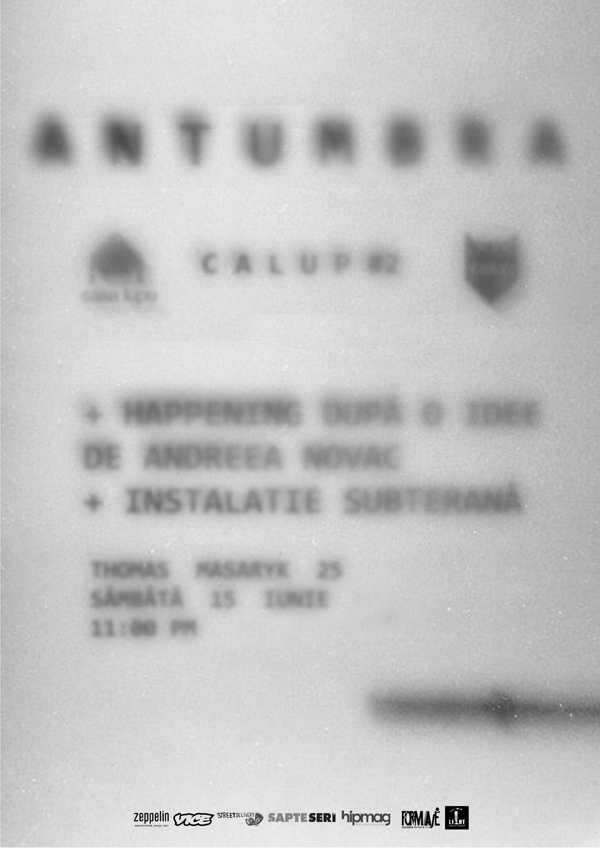
Pro Patrimonio Foundation and ARA Association (Architecture. Restoration. Archaeology), Alburnus Maior Association, Rosia Montana Unitarian Parish, The Romanian Chamber of Architects anounce:
Rosia Montana is on the final list of Europe’s 7 most endangered sites and monuments
